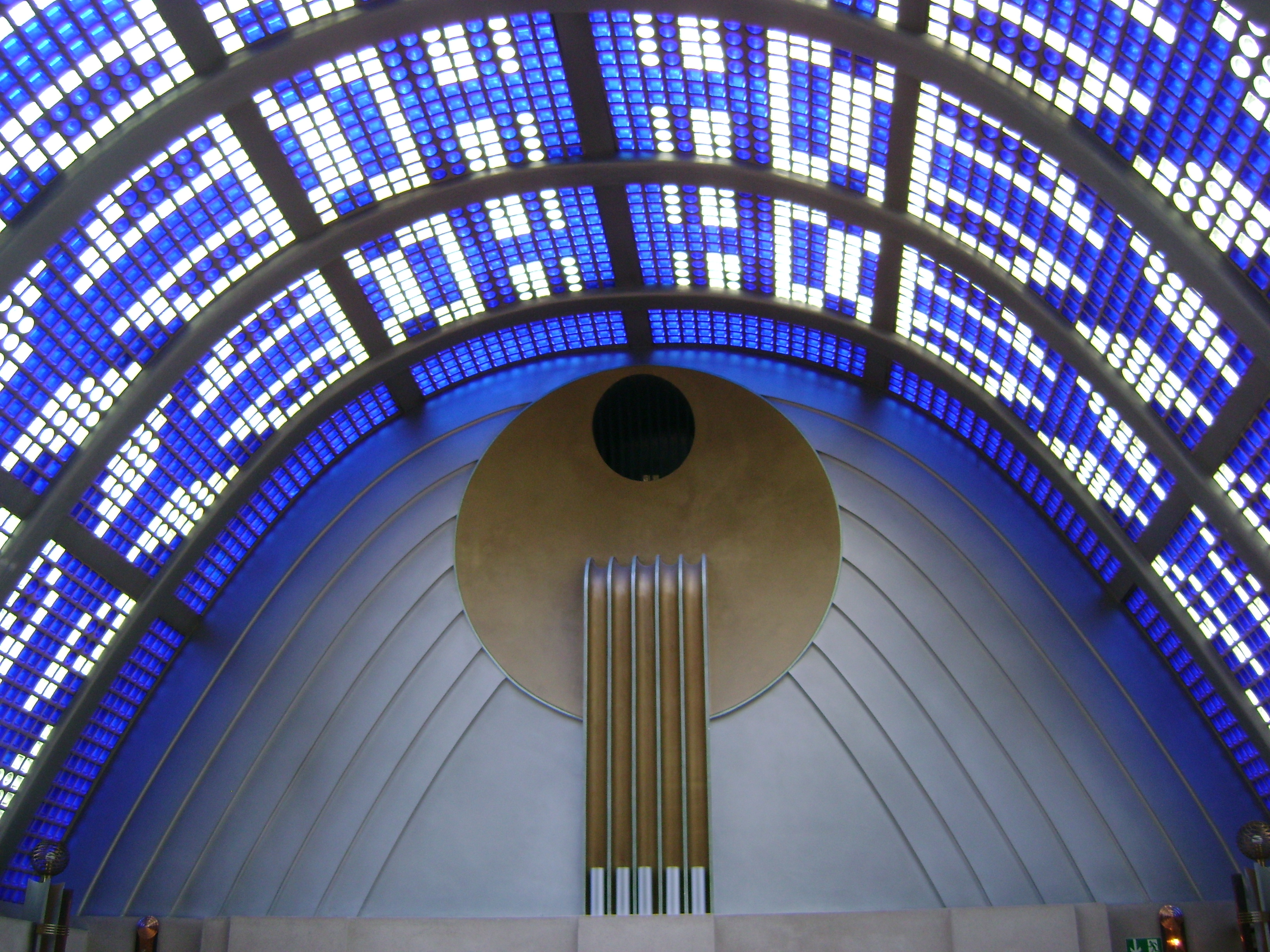
Remembering Bremen – Maybe

The conversation went something like this: I’m sure I have never been to Bremen before. Yes, it has the statue of the animals on each other’s backs. No, I don’t remember anything. We did it in a couple of hours by car when we were staying in Hamburg. Well I still don’t remember anything.
The lesson of this complete memory lapse is that Bremen deserves far, far more than a quick walk round and then jump back in the car to head for the next city. The other is possibly after some rather late nights out in Hamburg, I say no more, the old memory cells clearly don’t function very well.
Either way, this visit to the lovely hanseatic city in the north of Germany was a journey of discovery for me. It has so many memorable sights that I really must have been in a daze or my partner is confusing me with someone else!
Even on a drizzly day there the medieval architecture around the heart of Bremen – the Alstadt, or old town – is a delight especially if you take your time (as we obviously didn’t on our first visit), chill and have a drink – Bremen is also the home of Beck’s beer.

The architecture of the main square, Marktplatz, cannot fail to impress. The city was badly bombed in World War Two but enough survived or has been carefully restored to evoke that age of civic pride and religious expression with guild houses, statuary, ornate gilding, sumptuous carvings and narrow winding streets and pretty squares.
Bremen’s main medieval architecture also speaks of the struggle between church and state with the finest building not being the 1,000 year old cathedral but the remarkable the town hall. It is an amalgam of building styles, largely medieval but with an ornate Renaissance extension and glorious interiors. These include four six-foot long replica warships made in the 16th and 17th centuries, wonderful carvings, an art nouveau (Jugendstil in German) gilded chamber, neo-classical rooms and even a shrine to Kaiser Wilhelm. Take a tour of the city’s historic state wine cellar, complete with one of the oldest barrels of wine in the world in a room that is literally a shrine to the fermented grape juice.

A gentle amble takes you to the Schnoor, the old fishing quarter which was once a grotty, run down area but now has been gentrified and is as cute and dinky as you would expect. Oh, and there is that statue of the animals – a symbol of the city, from an old folk story that is too complicated to go into.

This was also a cutting edge city before the Nazi’s intervened in its artistic life. Much wealth was created when a Bremen entrepreneur Ludwig Roselius discovered how to decaffeinate coffee and he spent much of his fortune on creating a stunning modern series of buildings. Somehow he managed to stop the Nazis demolishing the building and instead it was retained as an example of degenerate modern art. Now it is filled with shops and museums. If you turn up at Haus des Glockenspiels on Bottscherstrasse at noon, 3pm and 6pm, you can listen to 30 porcelain bells play German tunes while a brick wall swings around to display a series of expressionist panels showing explorers and innovators, from Columbus to Lindbergh and Zeppelin.

However, you might be surprised that this city is also one of the most scientifically advanced in Europe with a science zone called the Universum that is reached by public transport or an invigorating walk through the city’s very extensive parklands. The science museum is a great family attraction and forges a link with modern Bremen as home of the second largest Airbus site in Germany and both an EADS Astrium plant and the headquarters of OHB-System, two of the largest space companies in Europe.

Bremen actually forms part of a twin city state with Bremerhaven, 55 kilometres away on the North Sea coast. The city combines its maritime past with a vibrant commercial today and an ambition for a clean energy future. In the compact tourism area Havenwelten Bremerhaven (Harbour Worlds) we visited the Zoo at the Sea to coo over the baby polar bear and then learn the harrowing stories of the flood of humanity that left Europe for the New World at the German Emigration Centre.
We could have also gone to the Climate House Bremerhaven 8° East, the National German Maritime Museum and the Wencke-Dock, Germany’s oldest dry dock. Instead we collapsed into a restaurant to enjoy some excellent food and some downtime to let those memory cells recharge.
Have I been to Bremen before? I still don’t think so. But this time, if indeed it is the second time, I will certainly remember it.
Mike Smith flew with easyjet from Gatwick via Hamburg. Other routes are operated by Germanwings and British Airways to/from Hamburg/London, with connecting trains to Bremen.
Easyjet: www.easyjet.com; Germanwings: www.germanwings.com; BA: www.britishairways.com
He stayed at the Maritim in Bremen – a double room without breakfast is between 114-195 Euros (depending on room type). Breakfast Buffet is an extra 20 Euros. http://www.maritim.de/de/hotels/deutschland/hotel-bremen/uebersicht